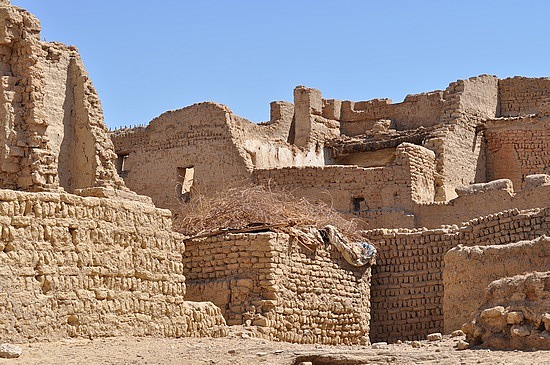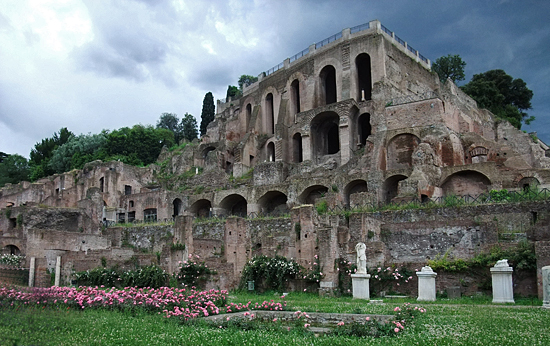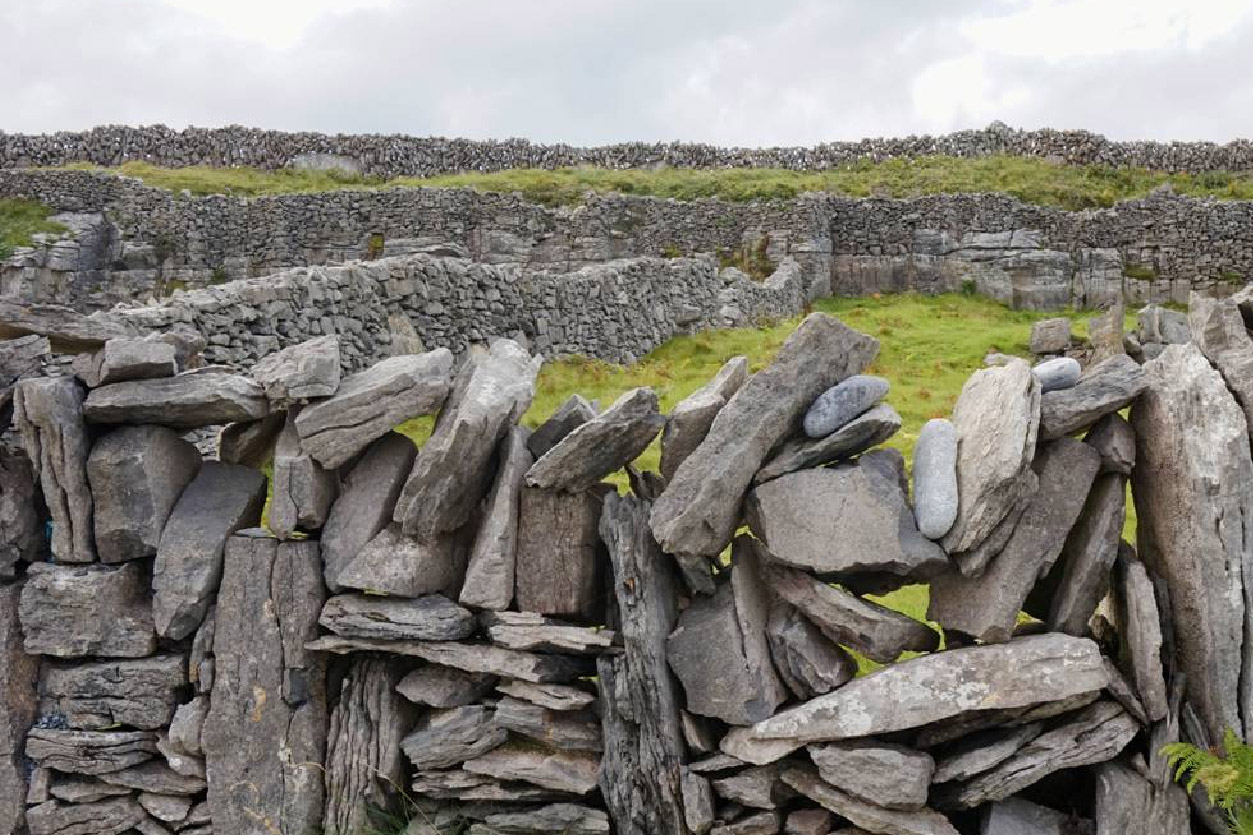A History Lesson in Ancient Construction
Sep 26th, 2018
For as long as humans have been around, we’ve needed some kind of shelter to protect us from the elements or predators. In those early days, before we developed tools, before agriculture rooted us in one place, shelters were made of leaves, branches, and animal hides – perishable materials that only lasted from a few days to a few months.
Once we decided to call one place home, we needed something more durable. The dry-stone technique, interlocking stones, was one of the earliest forms of construction, and was used from Europe to Asia to South America. In fact, it’s partly how the pyramids were formed – along with a lot of manpower.
Egypt played a major role in construction history, inventing ramps, levers, window awnings, doors, glass, baths, locks, and scale drawings. The Great Pyramid of Gaza was the tallest building in the world for over 3,800 years, and people still marvel over how it was built. Egyptian housing back then was a little more basic than the pyramids. Adobe, mud brick baked in the sun, was used to craft homes, a material still used in rural Egyptian homes today.

As they built their magnificent temples, the ancient Greeks added to the Egyptians’ discoveries with spiral stairs, plumbing, central heating, urban planning, and cranes. Homes were built with timber and fired clay was used for roofing tiles.
The Romans were next, contributing a great deal to the art of architecture. Their Roman Concrete, cheap and easy hydraulic lime mortar, is the basis for modern day cement, and allowed the civilization to grow to a large scale quickly. They also brought to life the water wheel, sawmills, arches, and sewerage and water works; and, while historians say Egypt discovered glass, Rome was the first to use it for architecture rather than art. They even developed double glazed windows.

Ancient building methods are coming back in fashion. Some architects are referencing China’s use of dougongs. Invented 2,500 years ago, these interlocking brackets, originally made of wood, distribute weight throughout a structure, safeguarding it against earthquakes and time. Rammed earth, used over a thousand years ago, is also making a resurgence to fortify buildings. Communities in Central Africa are turning to Nubian vaults, used in ancient Egypt, to build homes that will withstand climate change and help the housing crisis.
We’ve been building for thousands of years, and there’s no doubt a lot more to go. Where will the evolution of homes go next?
Back

